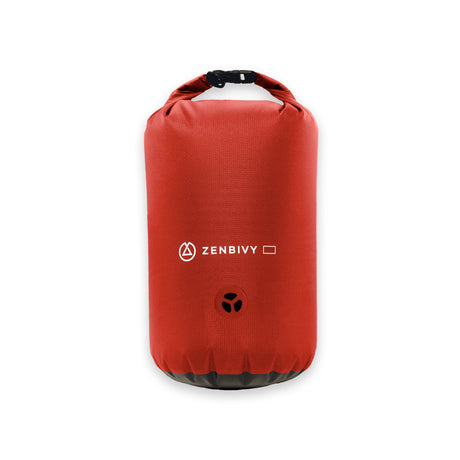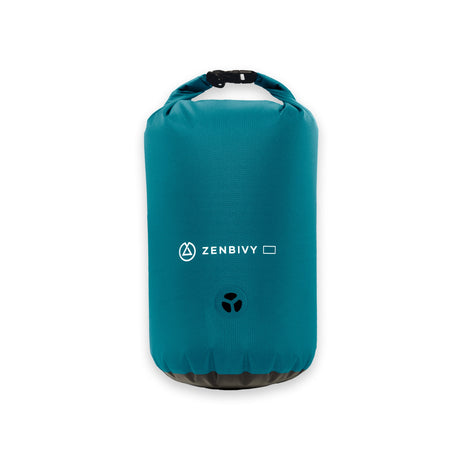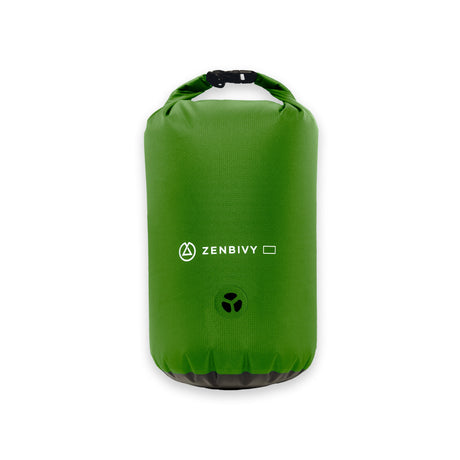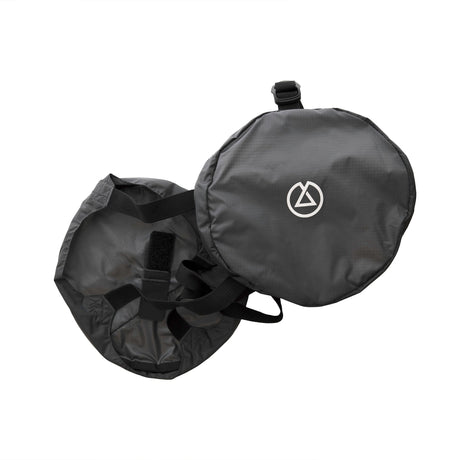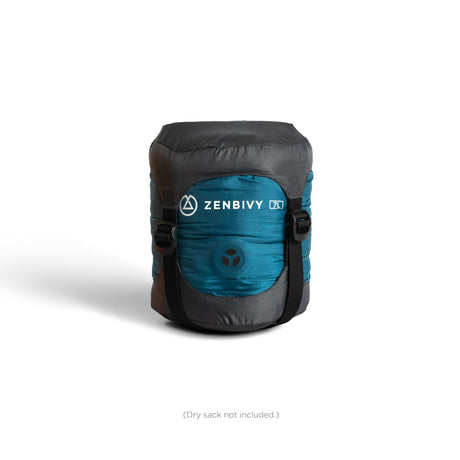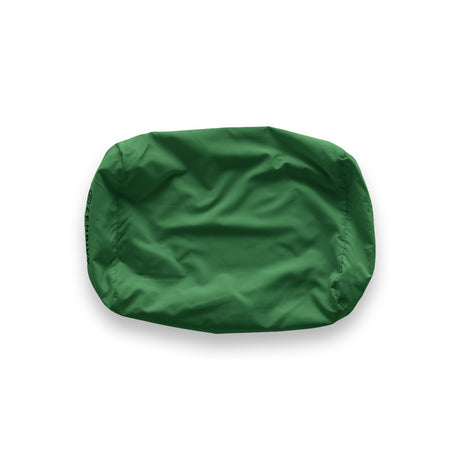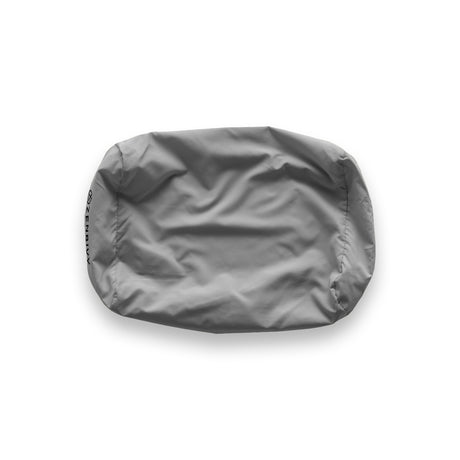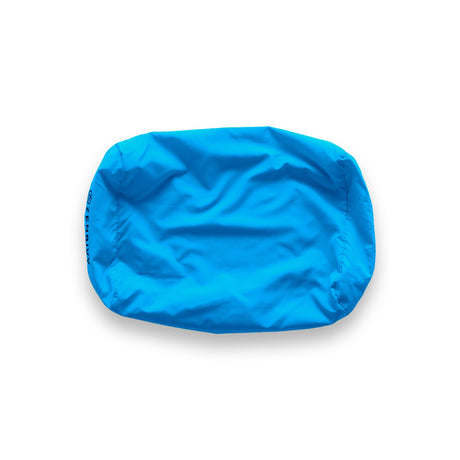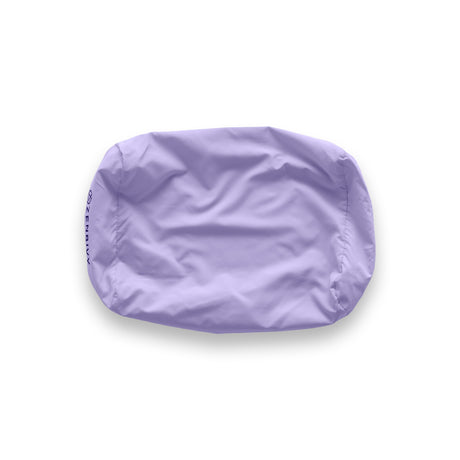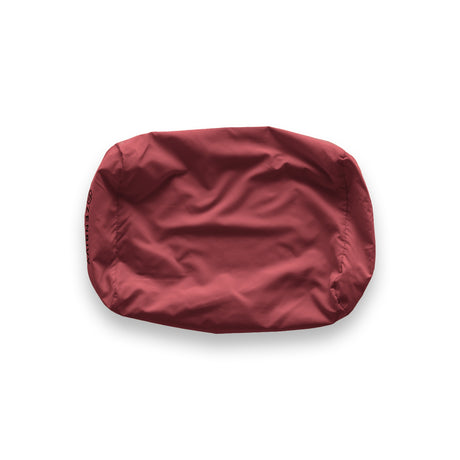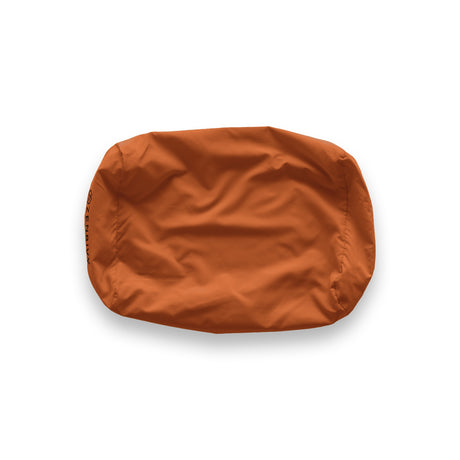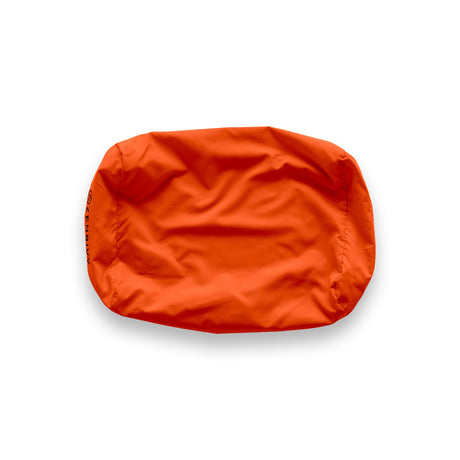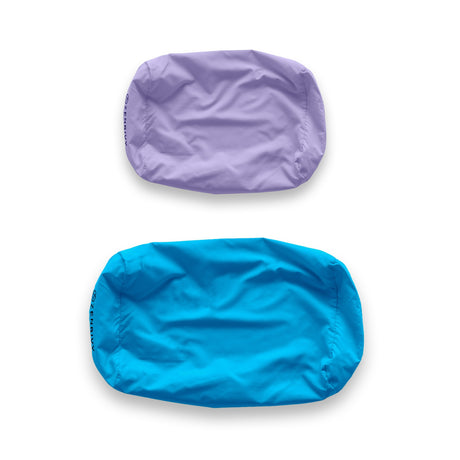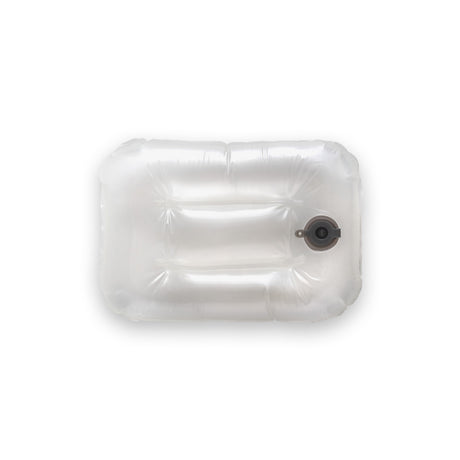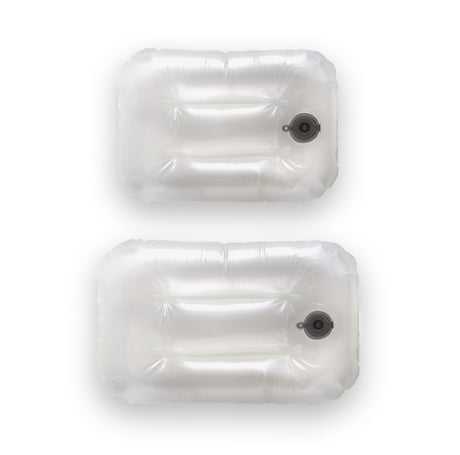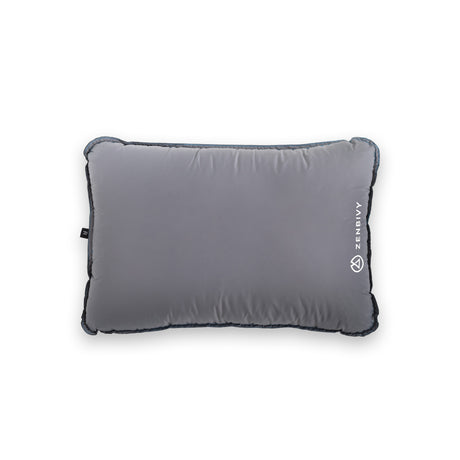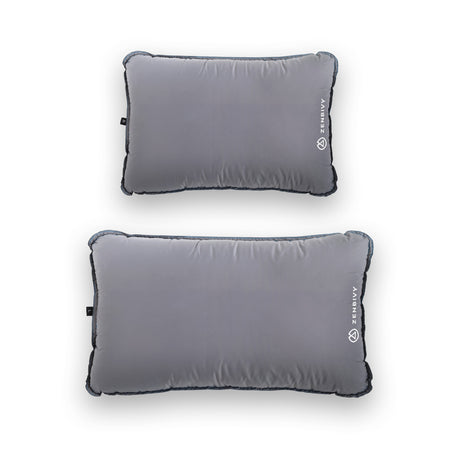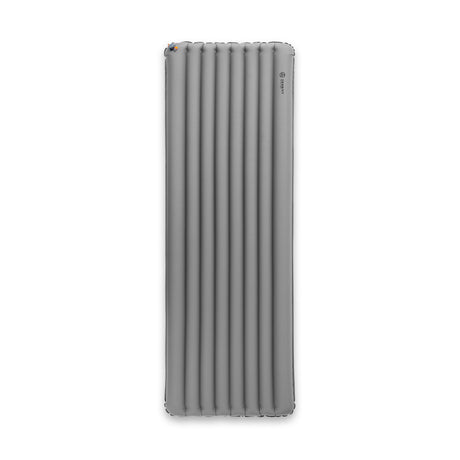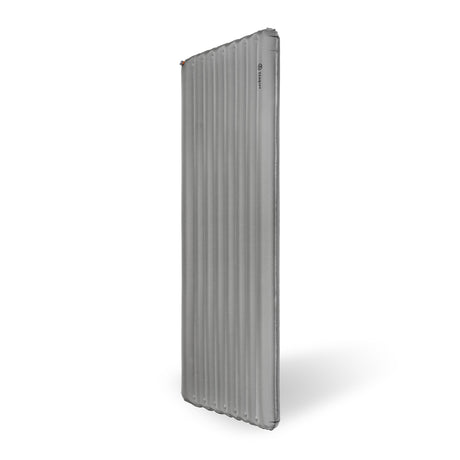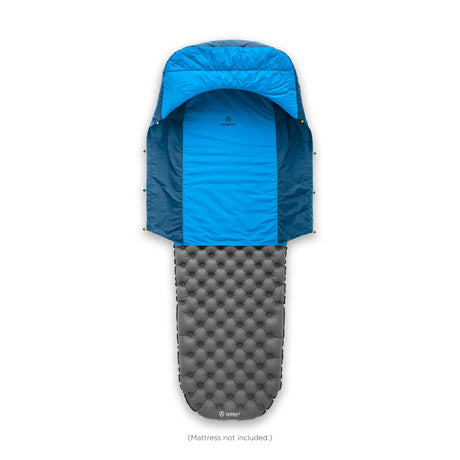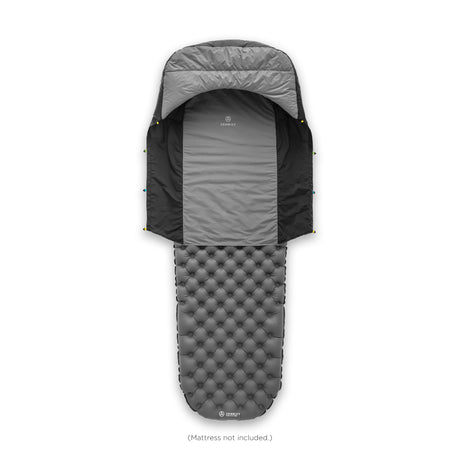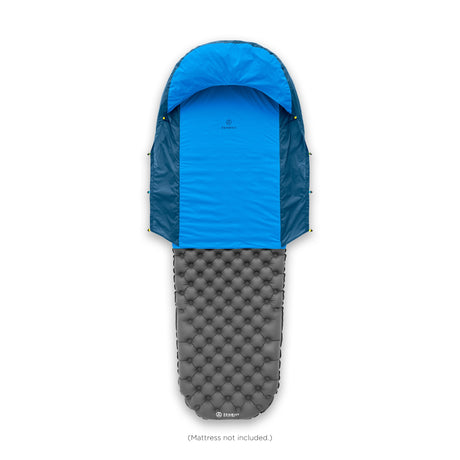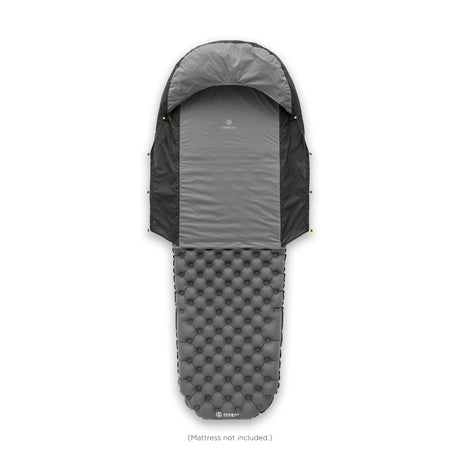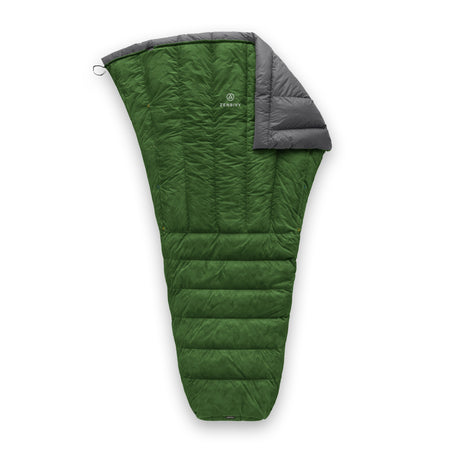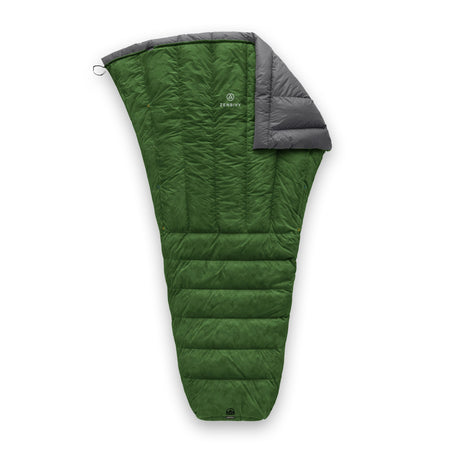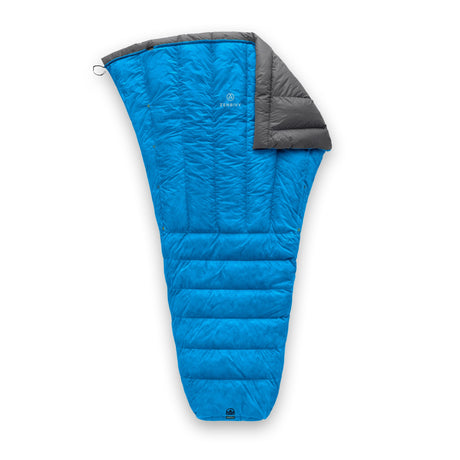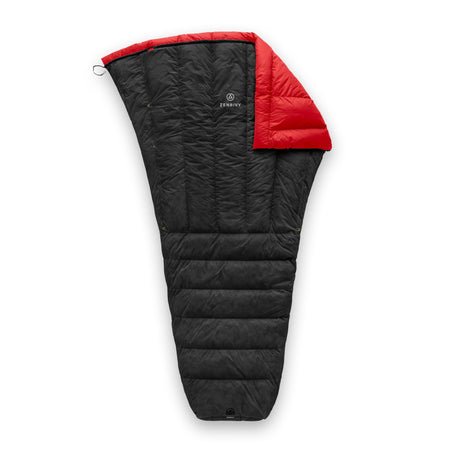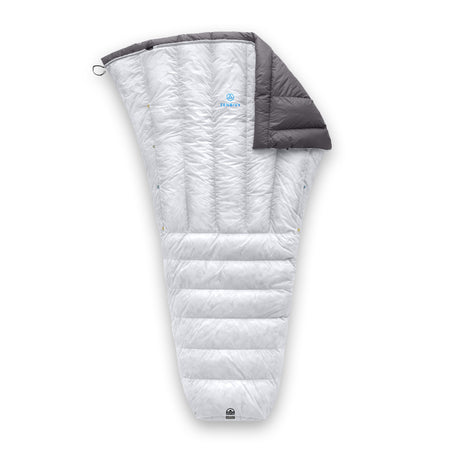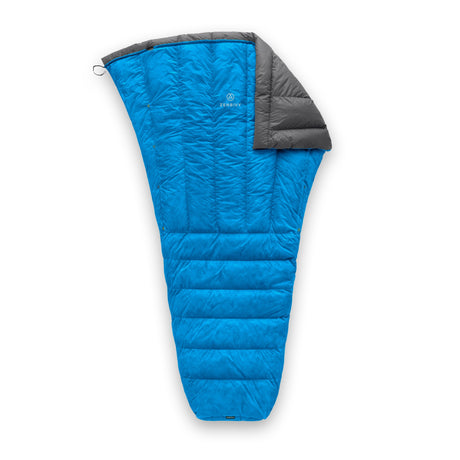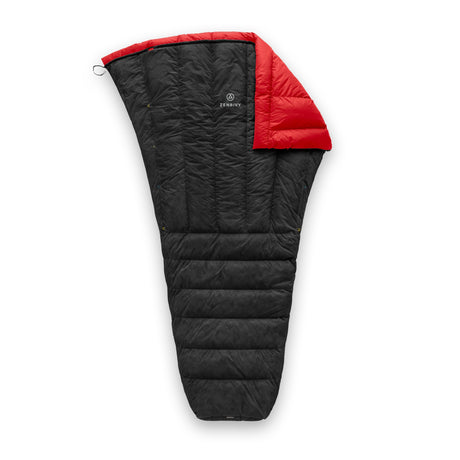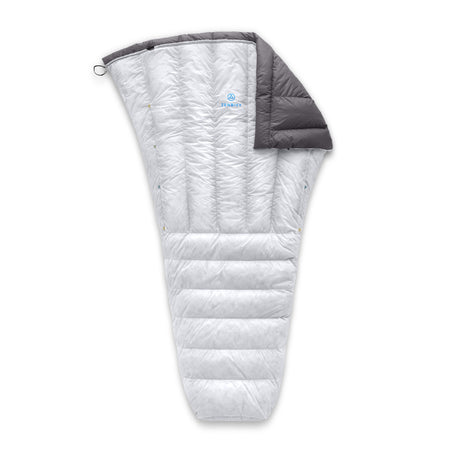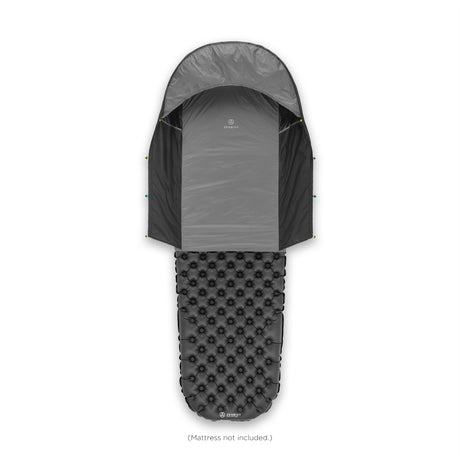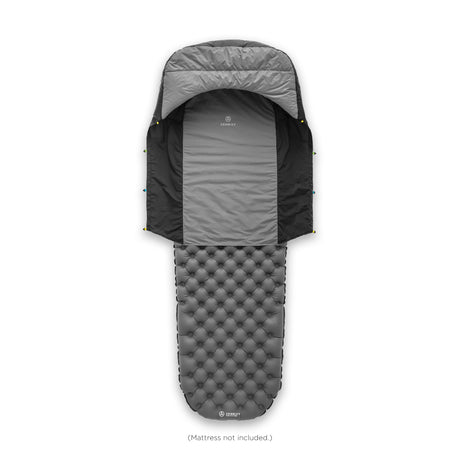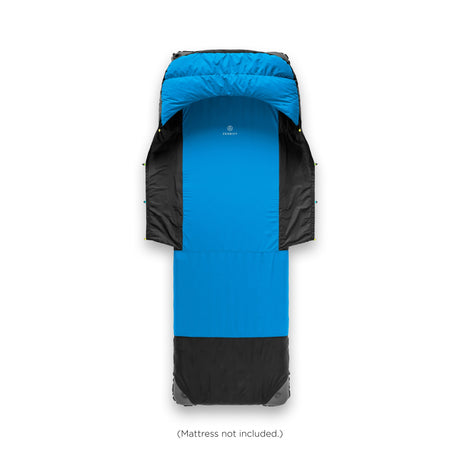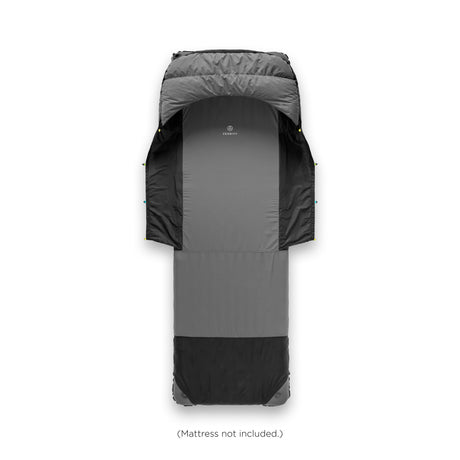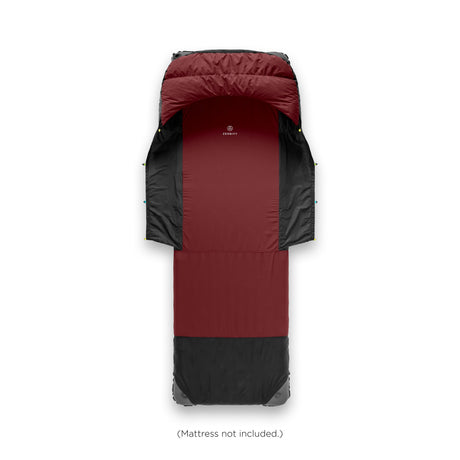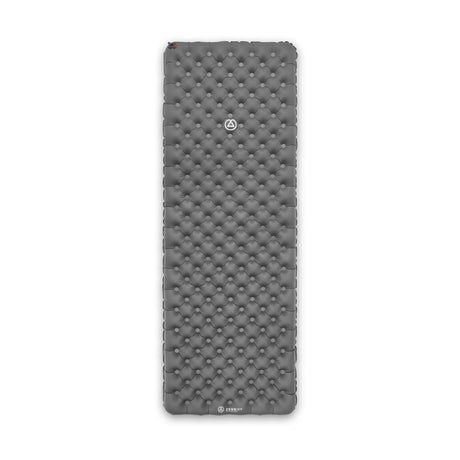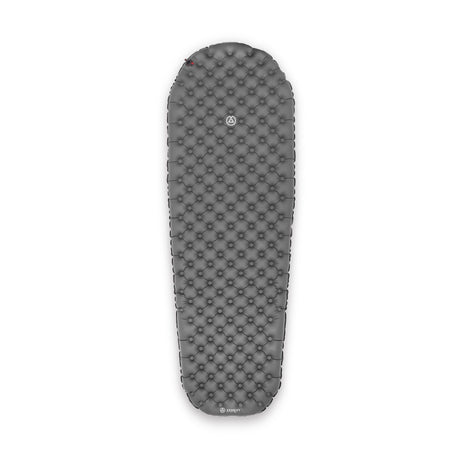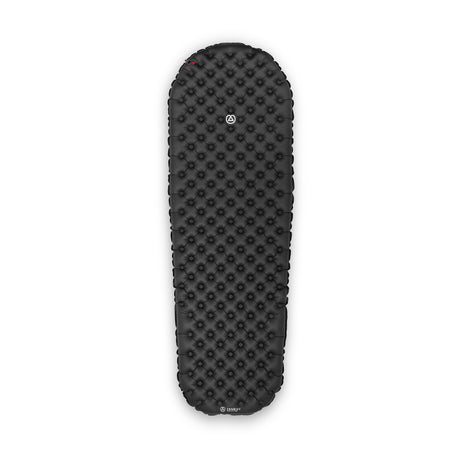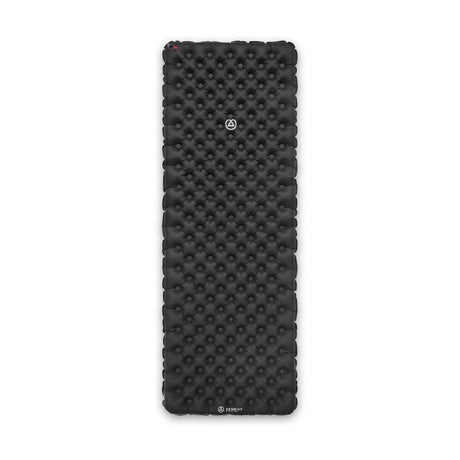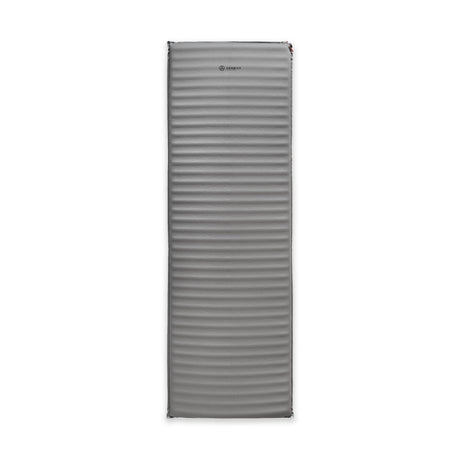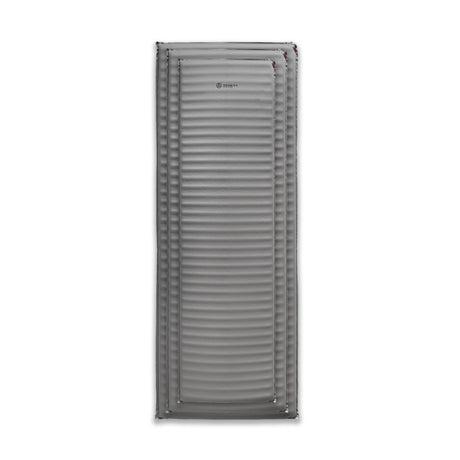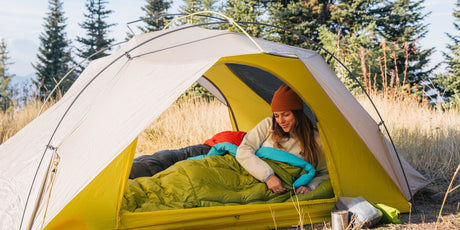Down has one of the highest warmth-to-weight ratios out of any material in the backpacking world. However, it’s only effective when it’s evenly distributed throughout your quilt. It’s natural for the down inside a quilt to shift around when on a backpacking trip.
When backpacking, your quilt is compressed within your stuff sack inside your pack, so most of the down will cluster in pockets throughout the quilt. Zenbivy’s design will mitigate this some—there are specially designed thermally mapped baffles on the quilt which are smaller to help the down stay evenly distributed throughout the quilt. However, it is still important at the end of the day to shake your quilt out.
Whenever you get to camp, set up your tent, etc, make sure shaking out your quilt becomes a part of your camp chore routine. When your sleeping pad is inflated and ready to be outfitted with your Zenbivy sheet, take your quilt out of its stuff sack, stand and shake it outside your tent, similar to how you might shake out a wet towel or a picnic blanket before you lay it down. This will help the down to decompress after being in your stuff sack all day and re-loft to form its maximum capacity to trap heat.
So what’s going on in your quilt when this happens—and why does it matter
Down clusters trap warm air while allowing moisture and air to move through them, similar to how a sponge traps water. This is why you will take a few moments to warm up in your quilt, you are providing the warm air from your body heat which gets trapped inside the down clusters within your quilt. As long as these clusters are distributed throughout the quilt, you will feel an even distribution of warmth. If they are not, a lack of down in the footbox or around your waist or your shoulders could mean that part of your body feels a little cold.
Shaking out your quilt before using it also helps to preserve its longevity. Extended periods of compression can damage the down clusters within your quilt. The longer it is compressed, the harder it is for the down to loft back up to its fluffy, insulating self. By shaking out your quilt, you are expediting the process of decompression for the down. During backpacking trips, it’s okay to leave your quilt compressed in your stuff sack as you’re hiking, as long as you’re shaking it out and using it at night. When you’ve come home after a backpacking trip, or if you’re spending a few days in a town—it’s best practice to take your quilt out of the stuff sack and allow it to re-loft in the hotel room, hostel, home, or wherever you’re resting. In a hotel or hostel, this could look like draping the quilt over your bed or a chair when you settle into the room or storing it in the large mesh stuff sack that it came in. If you forgot your quilt in its stuff sack for a few days after a backpacking trip, it shouldn’t impact the down too much, but it’s still best to let it re-loft every chance you get.
Other benefits to re-lofting your quilt…
This also gives the quilt time to air out any odors or moisture. If you’re camping or backpacking in a humid environment, then your quilt is likely to have some condensation on it in the morning. When you stuff it into the stuff sack with condensation on it, it can become more wet as time goes on. Shaking out the quilt at camp or in your accommodations in town can allow the down to redistribute and the moisture to fade from the quilt more efficiently. It can keep odors from getting attached to the quilt as well—when it’s packed in a stuff sack for a majority of the time (especially if you’ve been sleeping in it without base layers) it has the potential to retain odors. Airing it out avoids this.
So when in doubt—shake it out. It’s best for the quilt, your warmth throughout the night, and the lifespan of your gear.


